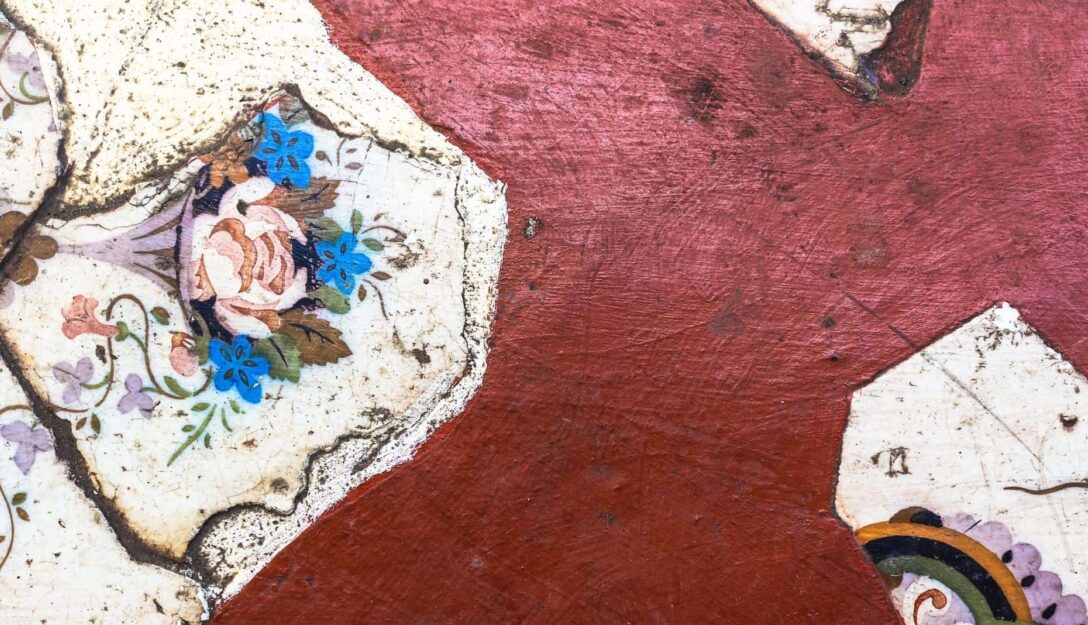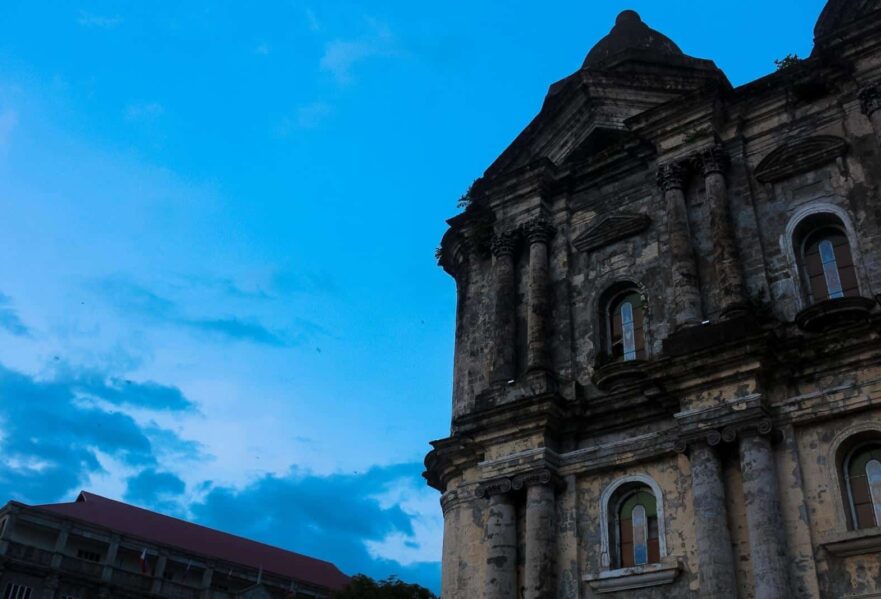About Batangas
From its pre-colonial roots to its role in the Philippine Revolution and World War II, Batangas is a testament to the resilience, bravery, and cultural richness of its people. Immerse yourself in the captivating stories
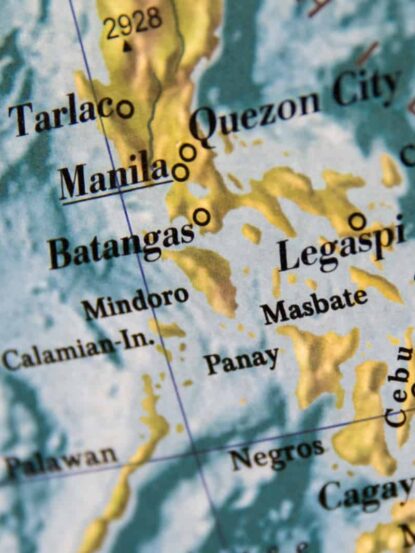
Welcome to the History and Heritage of Batangas, Philippines
Introduction
Batangas, a province located in the Calabarzon region of the Philippines, boasts a rich history and vibrant heritage. With its strategic location near the Batangas Bay and its significant role in Philippine history, Batangas has become a cultural treasure trove. Explore the captivating past and remarkable heritage of Batangas as we take you on a journey through time.
Pre-colonial Era
Before the arrival of the Spanish colonizers in the 16th century, Batangas was already inhabited by various indigenous communities. These early settlers, known as the Tagalogs, engaged in agriculture, fishing, and trade, establishing a flourishing civilization. They had sophisticated social structures, art forms, and religious practices that shaped the cultural foundation of the province.
Spanish Colonial Era
The Spanish colonization of the Philippines began in the 16th century, with Batangas becoming an important center of Spanish influence. The province played a significant role in the Galleon Trade, serving as a gateway for goods and cultural exchanges between the Philippines, Mexico, and other parts of the world.
During this era, the Spanish built fortifications to protect the province from pirate attacks. The influence of Spanish architecture is still evident in several heritage structures, such as ancestral houses and churches, scattered throughout the province.
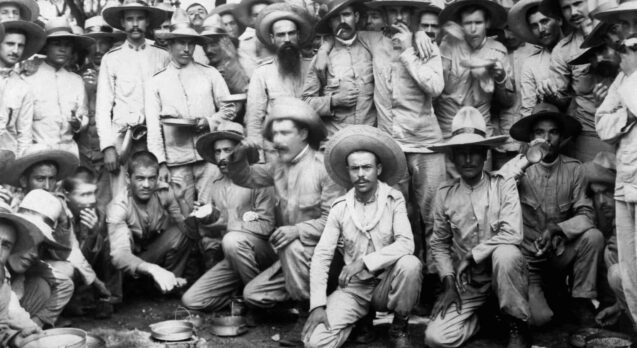
Batangas and the Philippine Revolution
Batangas became a hotbed of revolutionary activities during the Philippine Revolution against Spanish rule in the late 19th century. Brave Batangueño leaders, including Apolinario Mabini and Miguel Malvar, emerged as key figures in the struggle for independence.
World War II
During World War II, Batangas played a crucial role in the resistance movement against the Japanese occupation forces. The province became a sanctuary for Filipino guerrillas who organized clandestine operations and fought against the invaders. The courage and resilience of the Batangueño guerrillas significantly contributed to the eventual liberation of the Philippines.

Cultural Heritage
Batangas is renowned for its vibrant cultural heritage, deeply rooted in its folk traditions, arts, and culinary delights. The province is known for its traditional songs and dances, exemplified by the captivating Subli performances.
Batangas is also famous for its distinct cuisine, with iconic dishes like sinaing na tulingan (braised bonito tuna), bulalo (beef marrow soup), and lomi (thick egg noodle soup). These culinary delights are a testament to the Batangueños’ culinary ingenuity and love for flavorful dishes.
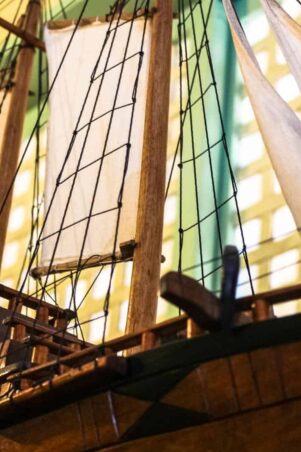
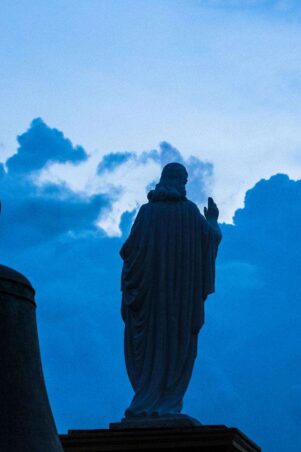

Preserving Batangas’ Heritage
Batangas takes pride in its rich heritage and has made significant efforts to preserve its cultural treasures. The province showcases its history through well-maintained heritage sites, museums, and annual festivals that celebrate its traditions and achievements.
By promoting heritage conservation and sustainable tourism, Batangas aims to ensure that future generations can appreciate and learn from its history, keeping its cultural legacy alive.
